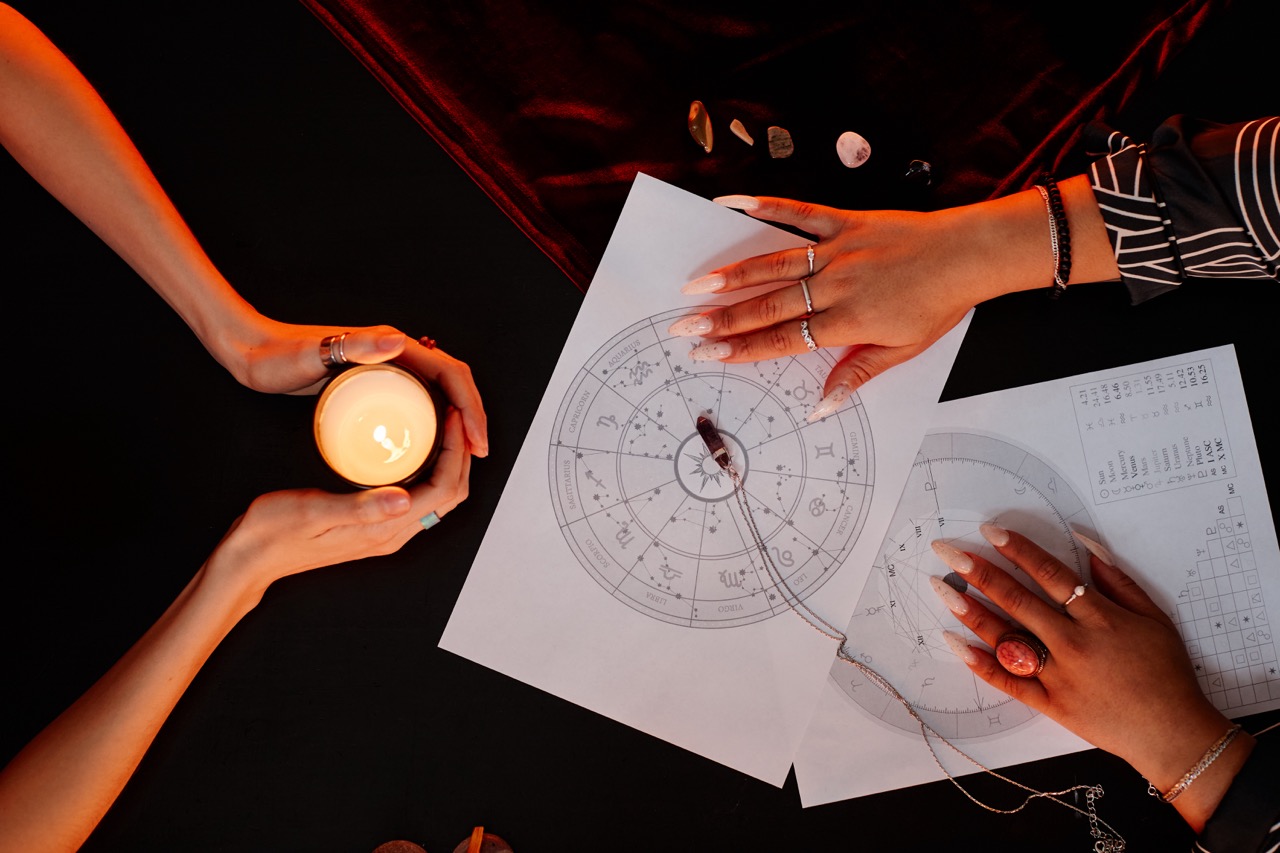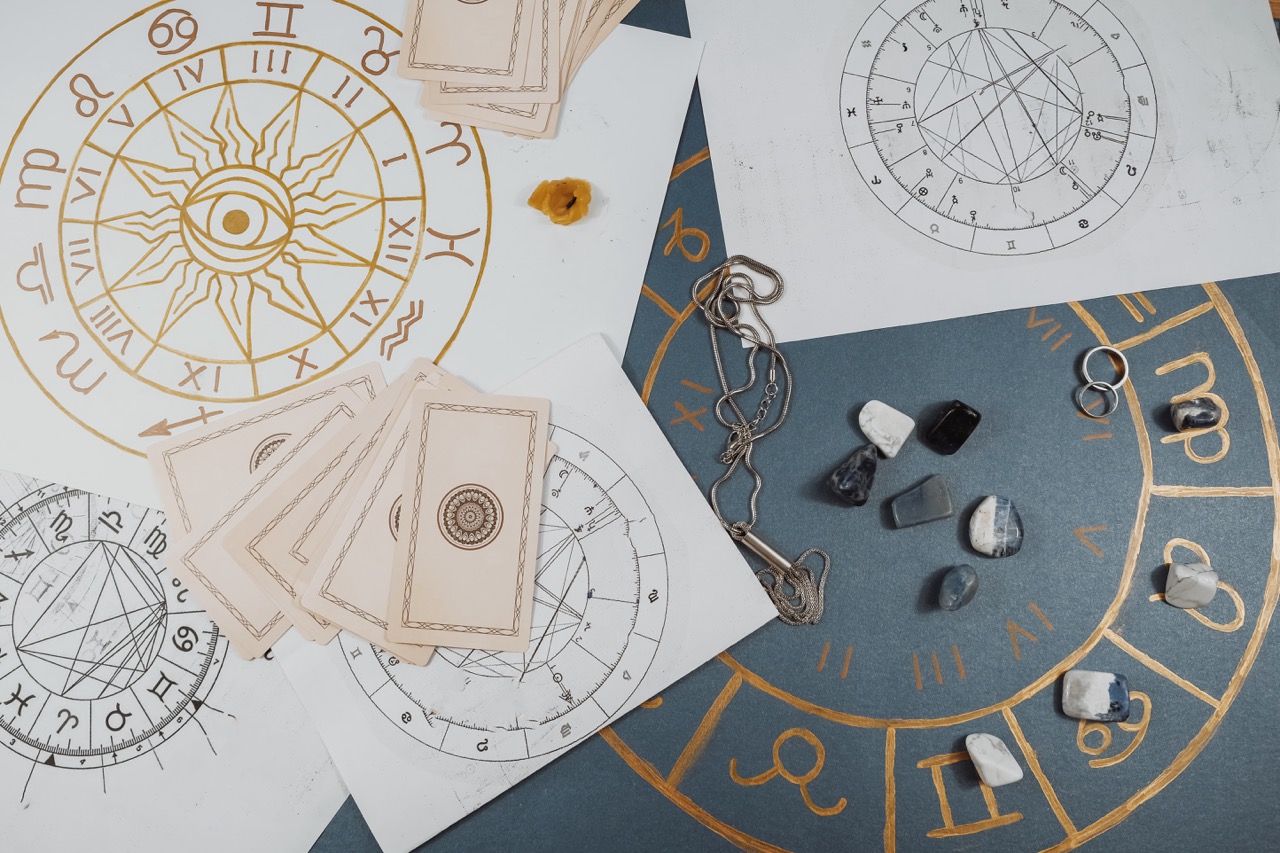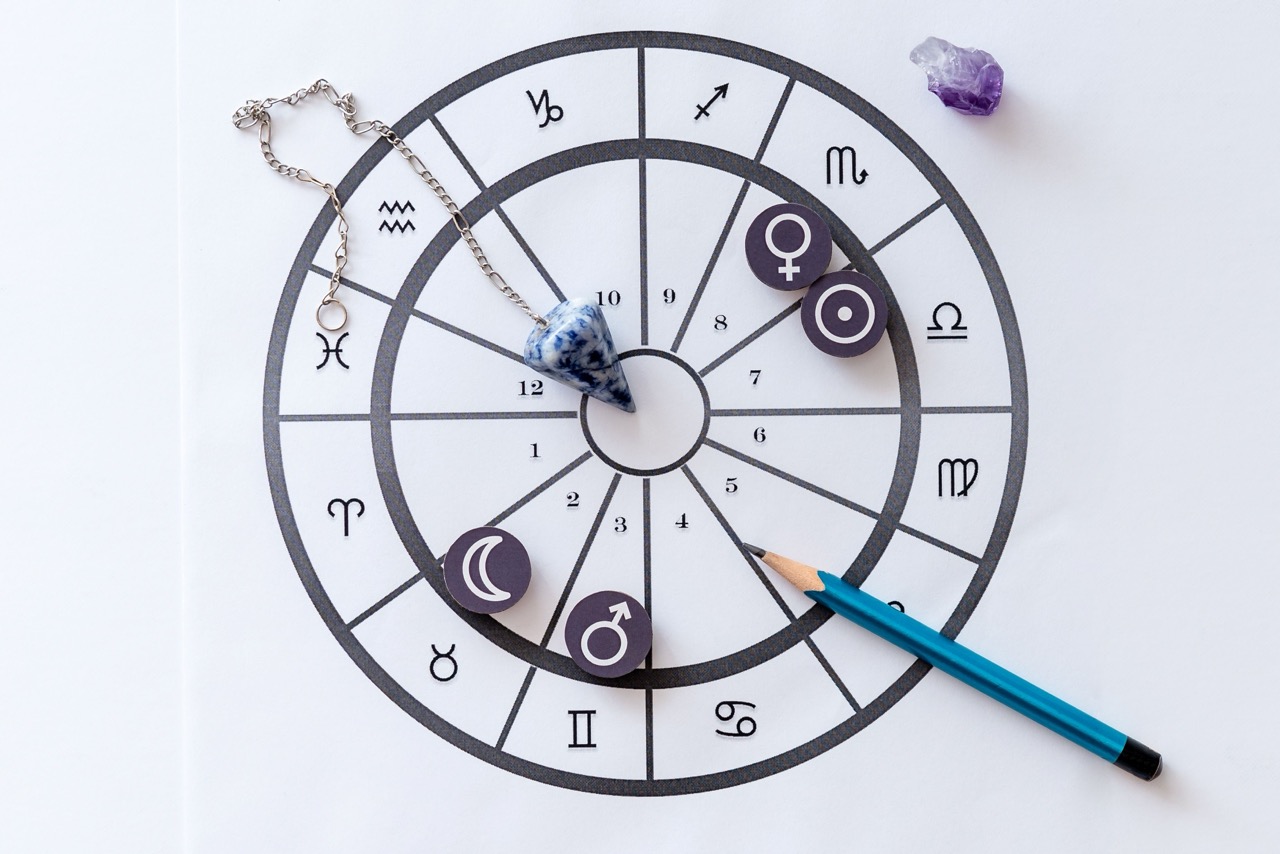Nestled in the rolling hills of the medieval Rhineland, Hildegard of Bingen emerged as a beacon of wisdom and healing in the 12th century. Renowned as a mystic, composer, and visionary, she transcended the confines of her time, weaving a tapestry of spirituality and science that resonates profoundly to this day. Her healing teachings, steeped in a deep connection to nature and the human spirit, offer a holistic approach to well-being. This exploration delves into the essence of Hildegard’s healing arts and her reverence for the natural world.
Unveiling the Wisdom of Hildegard’s Healing Arts
Hildegard’s healing arts were a symbiotic blend of herbal medicine, spirituality, and the understanding of the human condition. She recognized that physical ailments often mirrored emotional and spiritual disquiet, a concept that was revolutionary for her era. Through her writings, notably "Physica" and "Causae et Curae," she detailed numerous plants and their healing properties, emphasizing that nature itself was a source of divine wisdom. Each herb, root, and flower became a vessel of healing, imbued with the energy of creation and the breath of life.
Her approach to healing was holistic; she believed in treating the whole person rather than merely alleviating symptoms. This philosophy extended to the balance of bodily humors, the alignment of the spirit, and the nurturing of emotional health. Hildegard encouraged her patients to engage in self-reflection, advocating for practices that promoted inner harmony, such as prayer, meditation, and the arts. She understood that the journey to healing was not solely physical but also a spiritual pilgrimage, urging individuals to reconnect with their divine essence.
Furthermore, Hildegard’s teachings resonate with modern concepts of wellness, as she advocated for preventive care and the importance of lifestyle choices. Her emphasis on diet, exercise, and the rhythmic cycles of life foreshadowed contemporary holistic health practices. By recognizing the interconnectedness of life, she carved a pathway for future generations to explore healing beyond the confines of traditional medicine, inviting all to partake in nature’s nurturing embrace.
Nature’s Symphony: Hildegard’s Path to Wholeness
For Hildegard, nature was not merely a backdrop to human existence but a living entity infused with divine presence. She believed that all creation sang a symphony of praise to God, and within this harmonious order lay the keys to health and wholeness. The natural world was a reflection of the divine, intricately woven with the threads of life that sustained and healed. Through her vivid visions, she saw how every element of nature—from the smallest grain of sand to the grandest oak tree—played a vital role in the cosmic balance.
In her writings, Hildegard often articulated the profound relationship between humanity and the environment. She observed how the energies of plants could resonate with the human spirit, suggesting that the act of healing required a return to the natural world. The symphony of sounds, colors, and scents in nature were not just sensory experiences; they were therapeutic harmonies that restored balance and fostered healing. Hildegard championed the idea that spending time outdoors, immersing in the elements, could rejuvenate both body and soul, a notion that aligns seamlessly with today’s increasing recognition of ecotherapy.
Hildegard’s reverence for nature also extended to her culinary philosophy. She emphasized the importance of wholesome foods, believing that what we consume directly impacts our physical and spiritual health. Her recipes and dietary recommendations reflected an understanding of the body’s needs, promoting a diet rich in seasonal, local produce that aligned with the natural rhythms of the earth. By honoring the gifts of nature, she encouraged her followers to cultivate gratitude and mindfulness, transforming the act of eating into a sacred ritual that nourished not just the body, but the spirit as well.
The healing teachings of Hildegard of Bingen resonate with an enduring wisdom that transcends the ages. Her holistic approach, rooted in the deep interconnections between body, mind, and spirit, invites us to remember our intrinsic link to nature and the divine. In a world that often rushes past the rhythms of life, Hildegard’s call to embrace the healing arts and the natural world remains profoundly relevant. As we navigate the complexities of modern existence, we can draw inspiration from her legacy, finding solace and healing in the symphony of nature that continues to sing around us.




